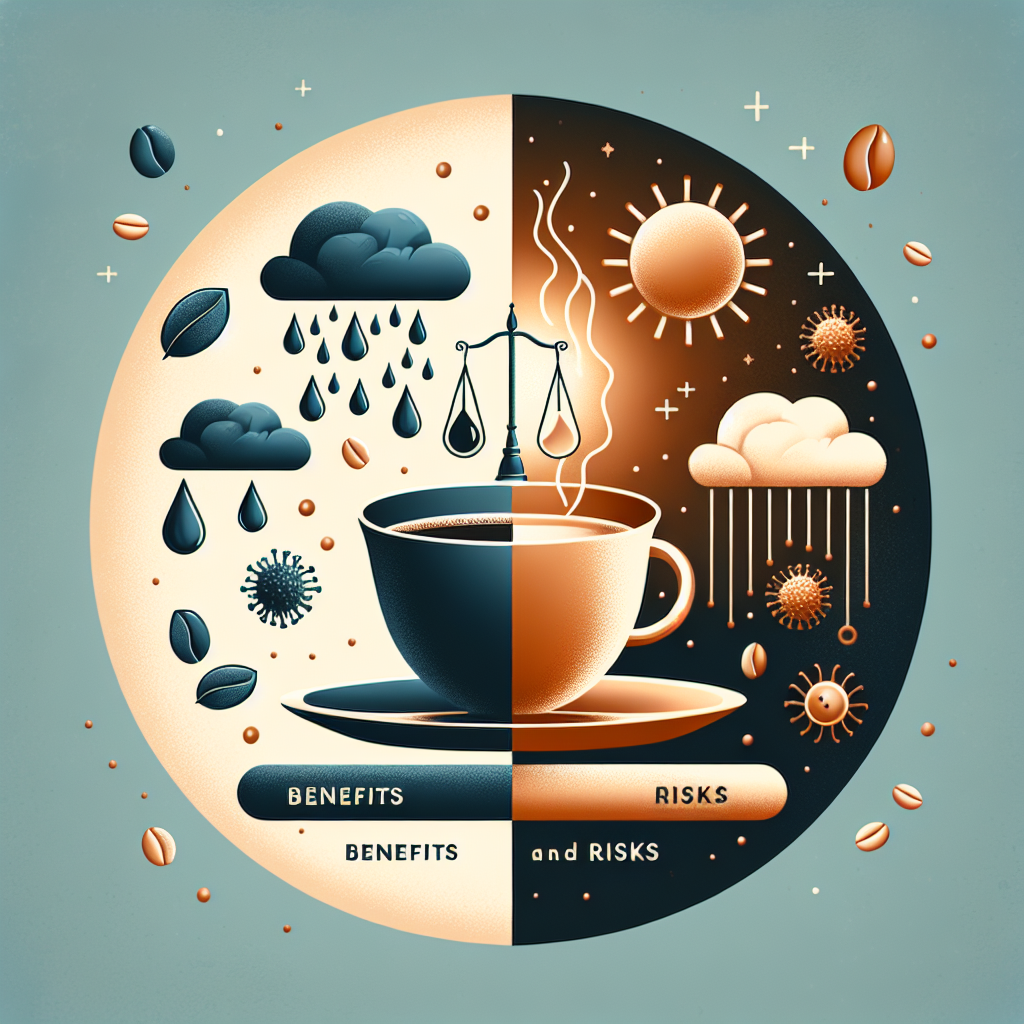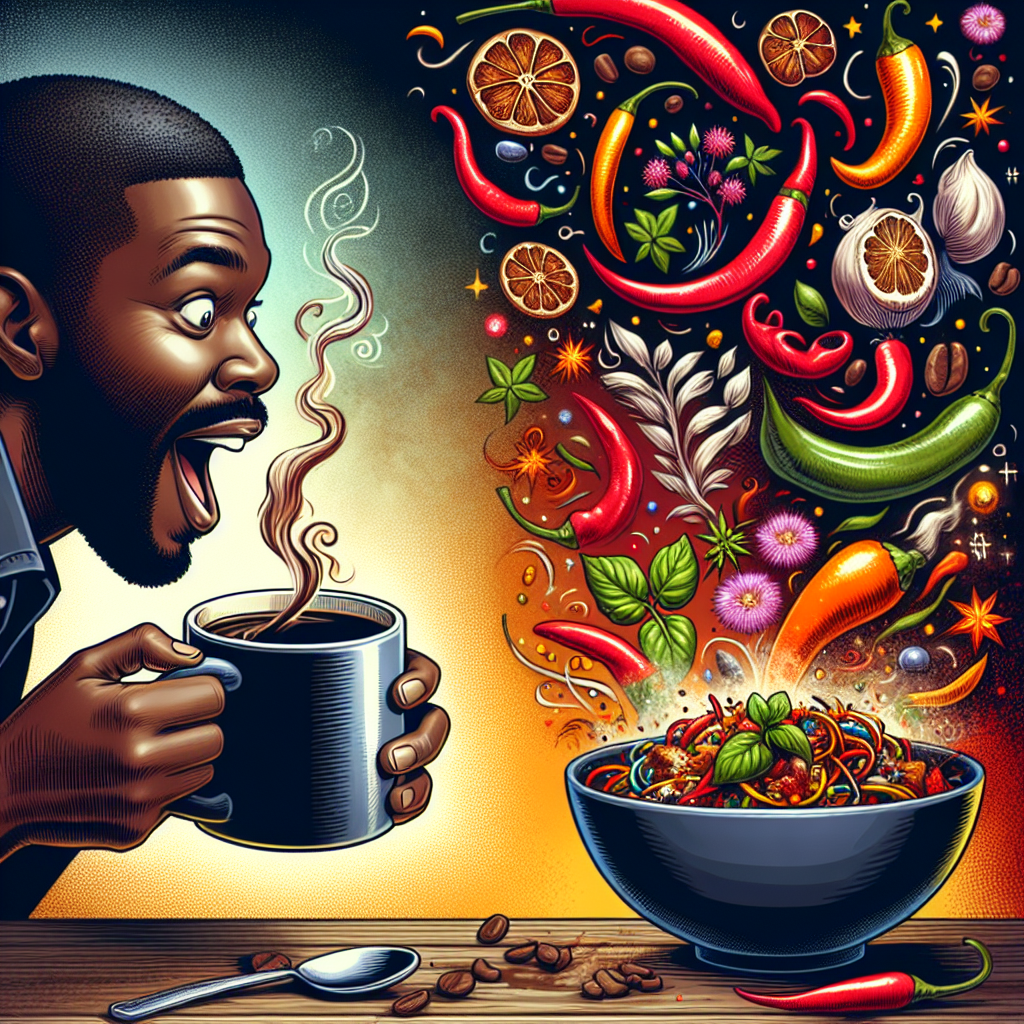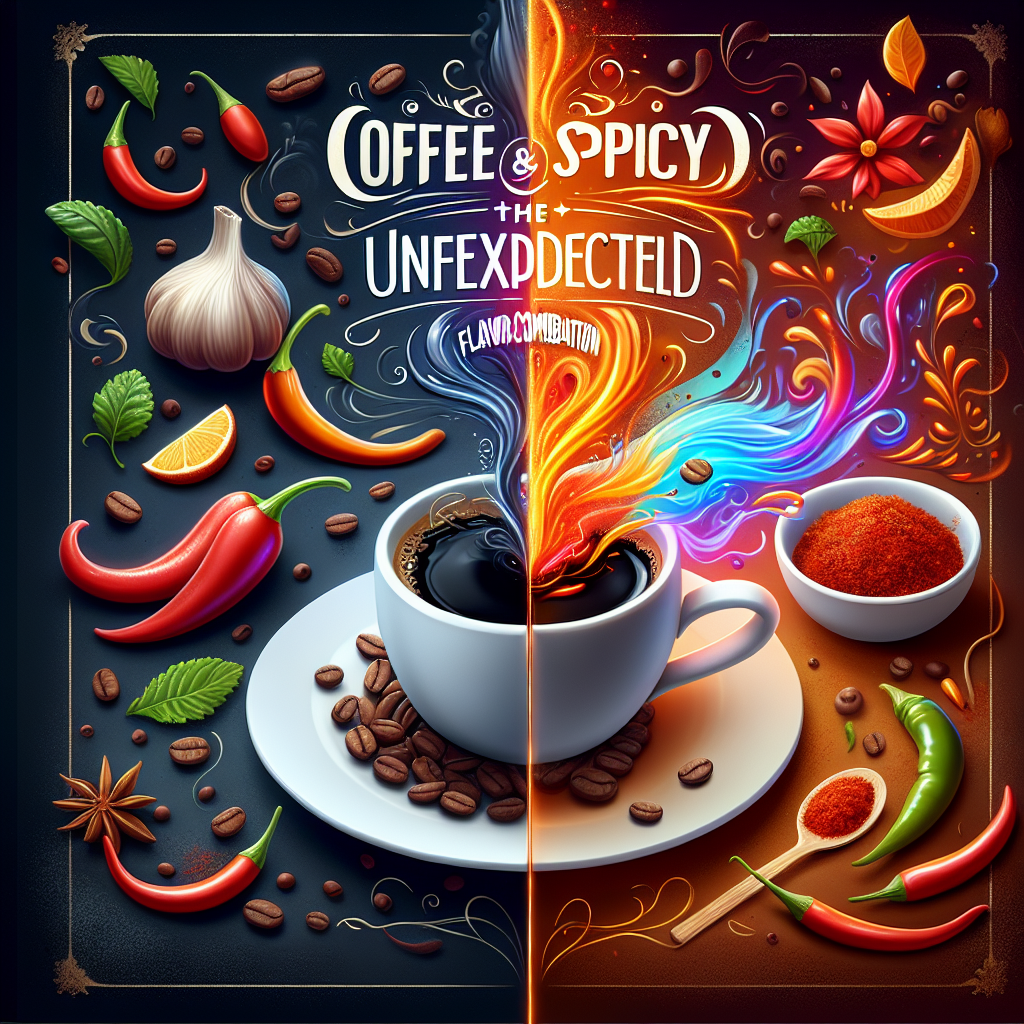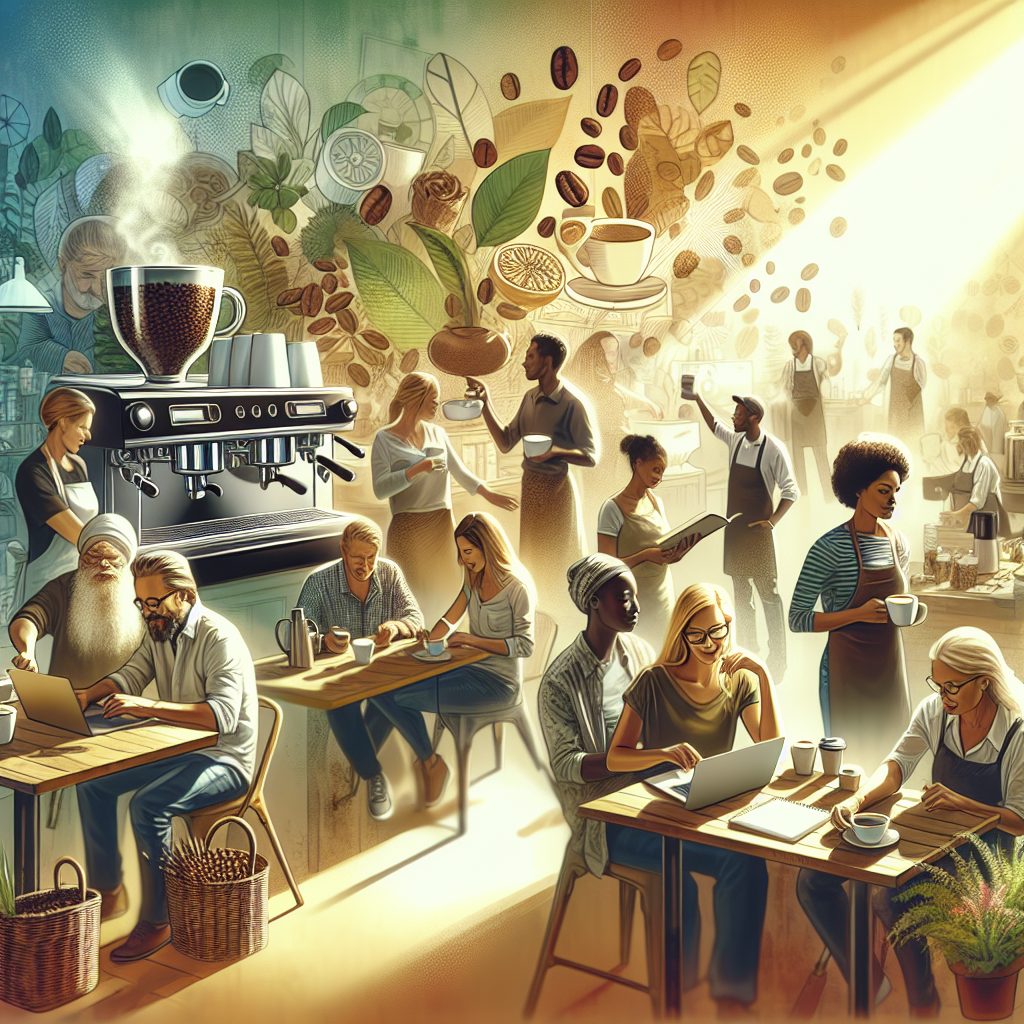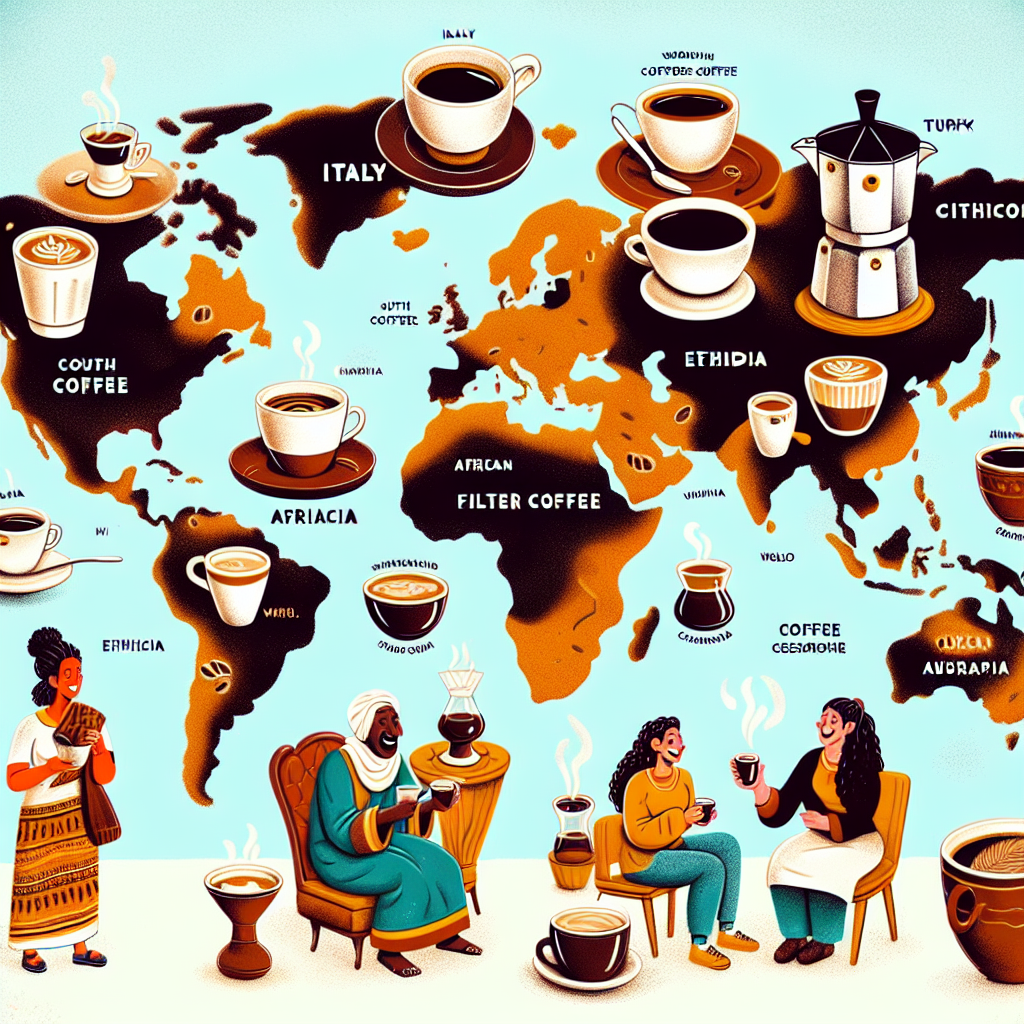Coffee and Athletic Performance: Maximizing Your Potential
Unlock your athletic potential with coffee! ☕️ Discover how caffeine can boost performance, enhance endurance, and sharpen focus. Our latest blog dives into the science behind coffee and sports, offering tips to maximize your workouts. Don’t miss out on the perfect pre-workout fuel! Read more and elevate your game today! 💪 #Coffee #AthleticPerformance #FitnessTips

